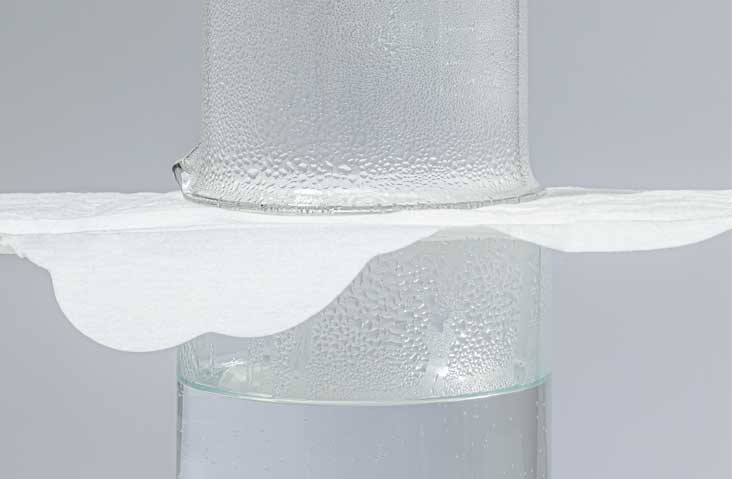During the final weeks of pregnancy and early breastfeeding, your body will begin to prepare and adapt to producing enough milk for your newborn. Your breasts will often release milk without warning until your body and breasts start producing milk regularly. Even though your body has adapted to milk production, your body will still release milk without warning. These accidental leaks are often triggered by factors ranging from physical to emotional conditions. In these cases of accidental leaks, breast pads are very useful. They are able to absorb the milk released from the breast and at the same time protect your clothes from getting soiled by any accidental event.
Common breast pads are made of the following materials, such as cotton, silicone, hydrogel, and homemade pads, which are divided into disposable and reusable according to the frequency of use.
Cotton breast pads are made of soft and breathable cotton, which has good air permeability and less irritation to the skin. Cotton fibres make the breast pads very soft and highly absorbent. Organic cotton is a better choice than conventional cotton. Organic cotton uses non-GMO seeds and does not use pesticides or fertilizers during planting, making it healthier and more environmentally friendly.
Silicone pads are made from soft silicone with sticky surface areas that stick to the breast. Silicone breast pads won't absorb any liquids because they're made of non-absorbent silicone. However, they do prevent small amounts of fluid from leaking from the pads that stick to the breast.
Hydrogel pads are designed specifically to relieve the pain you may experience while breastfeeding. Hydrogel pads are protective cooling pads made of hydrogel that attach to the skin to help heal the pain. You can reuse the hydrogel pad within 24 hours, but be sure to store it in a cool, clean and dry space.
Homemade breast pads can be made from various household products. Napkins, sanitary pads and even diapers can make homemade breast pads. Just cut the material into circles and you have a set of homemade breast pads. Don't forget that the materials used must be absorbent and skin-friendly. For hygiene and health, we recommend using disposable 100% cotton breast pads.

The cotton pads can absorb small amounts of liquid, but they won’t work for milk leaks. Cotton pads usually have a good liquid absorption capacity, but its liquid absorption is far from the standard for absorbing milk, especially when the milk secretion is large in the early stage of lactation. Using cotton pads as breast pads doesn't just leave your bra and clothes soaked and embarrassing. What's more, the warm and humid environment can also accelerate the growth of fungi. Continued exposure to breast moisture may also cause skin irritation and sore nipples, which can also create an environment that encourages the growth of yeast and bacteria that can lead to infections such as thrush and mastitis.
There is no definitive answer to this question, as your body and breasts react differently with each leak. However, you must replace the breast pads as soon as they become wet. The nasty truth: if you leave them in too long, you run the risk of smelling bad. For this reason, we recommend changing breast pads when they become wet and making sure to dispose of them after use (if they are disposable). Choosing breast pads that are highly absorbent will allow you to go longer between changes. Remember that bacteria thrive in warm, humid environments. So breast pads can fall into this environment if you are not careful.
In the early days of breastfeeding, you'll need at least two pads per day and about 60 pads per month. It might be a good idea to start with a variety of shapes, sizes, and absorbencies so you can be comfortable in a variety of situations. As your milk supply decreases, you can reduce the amount used and the frequency of replacements according to your situation.